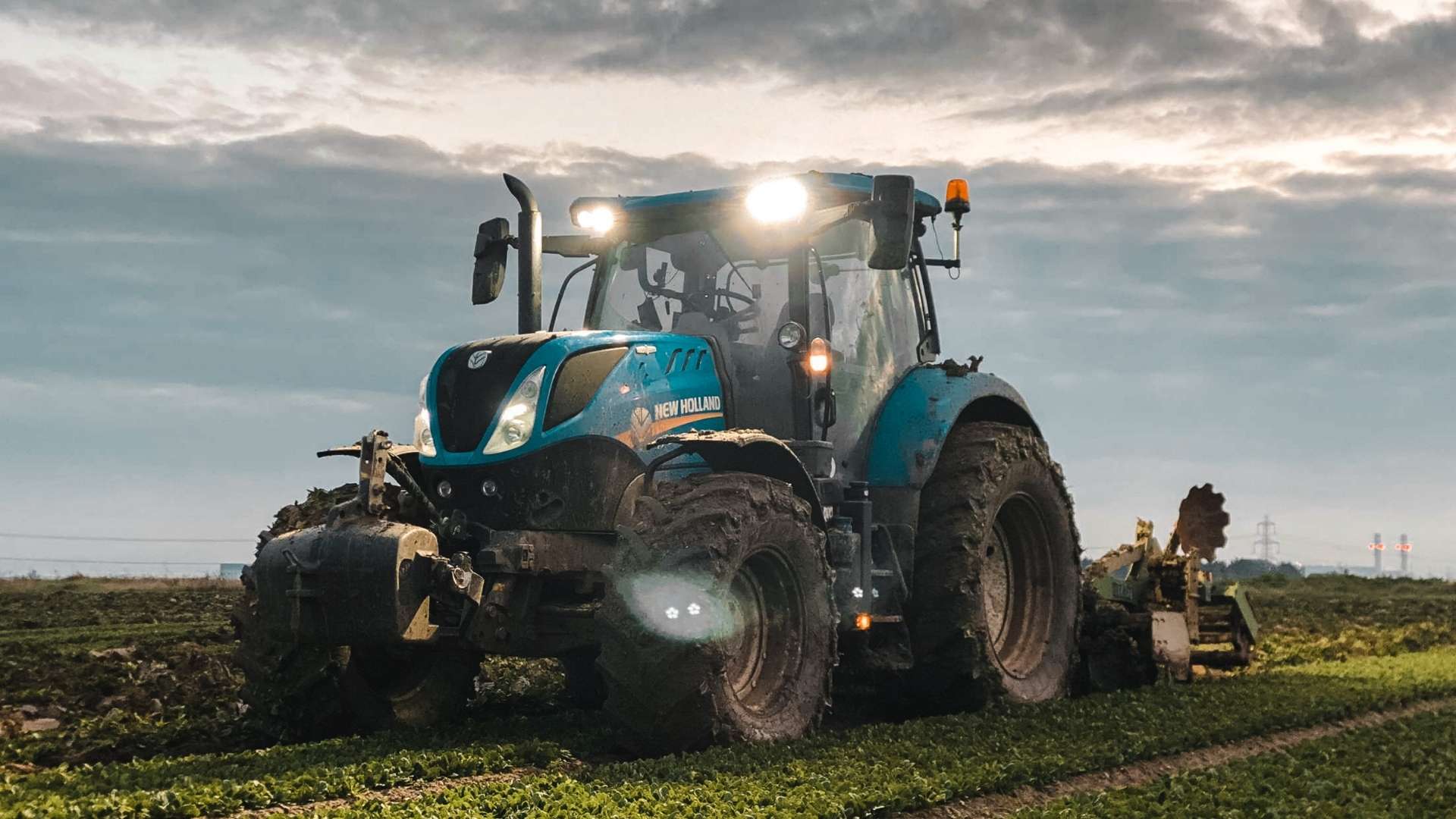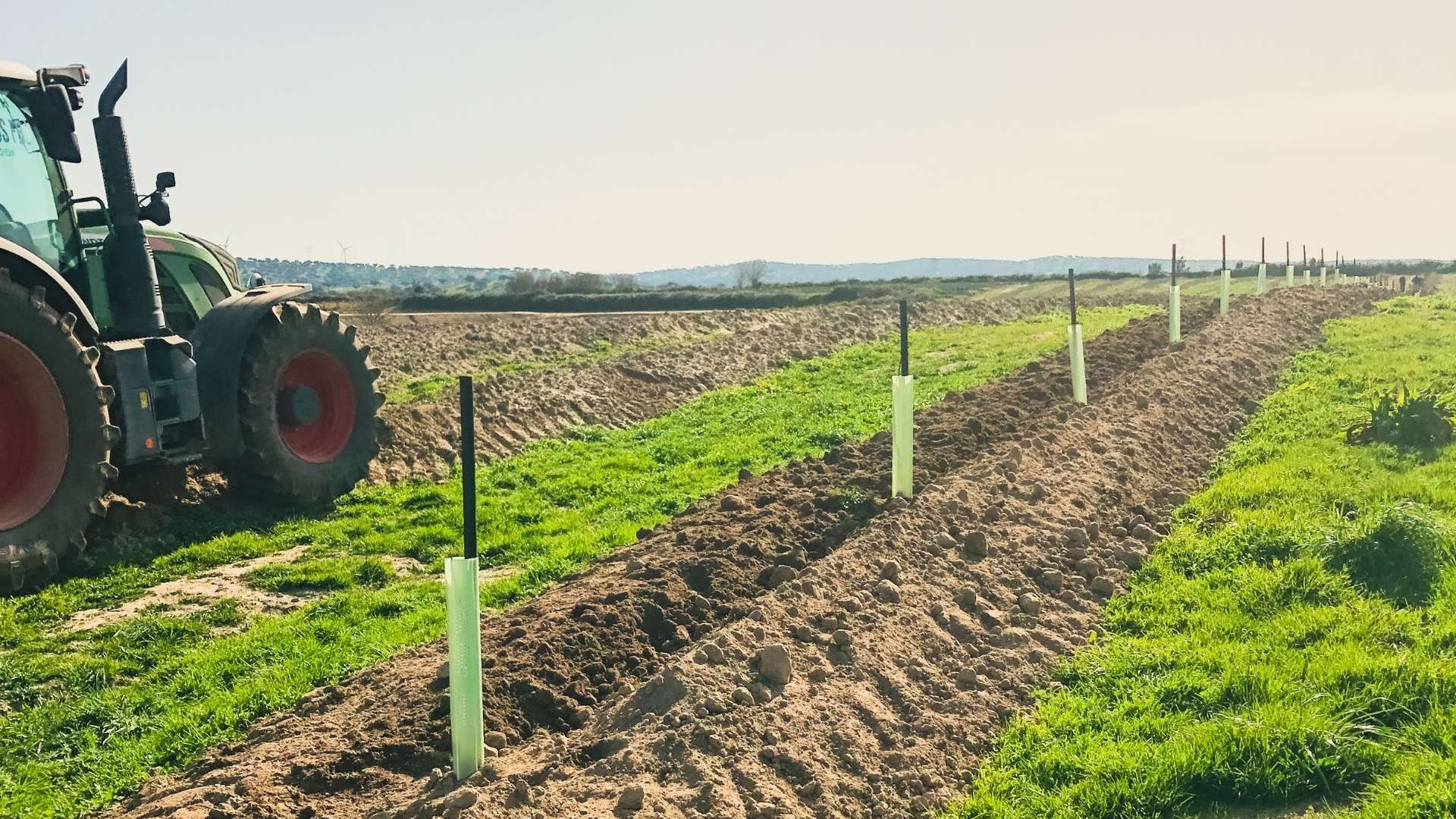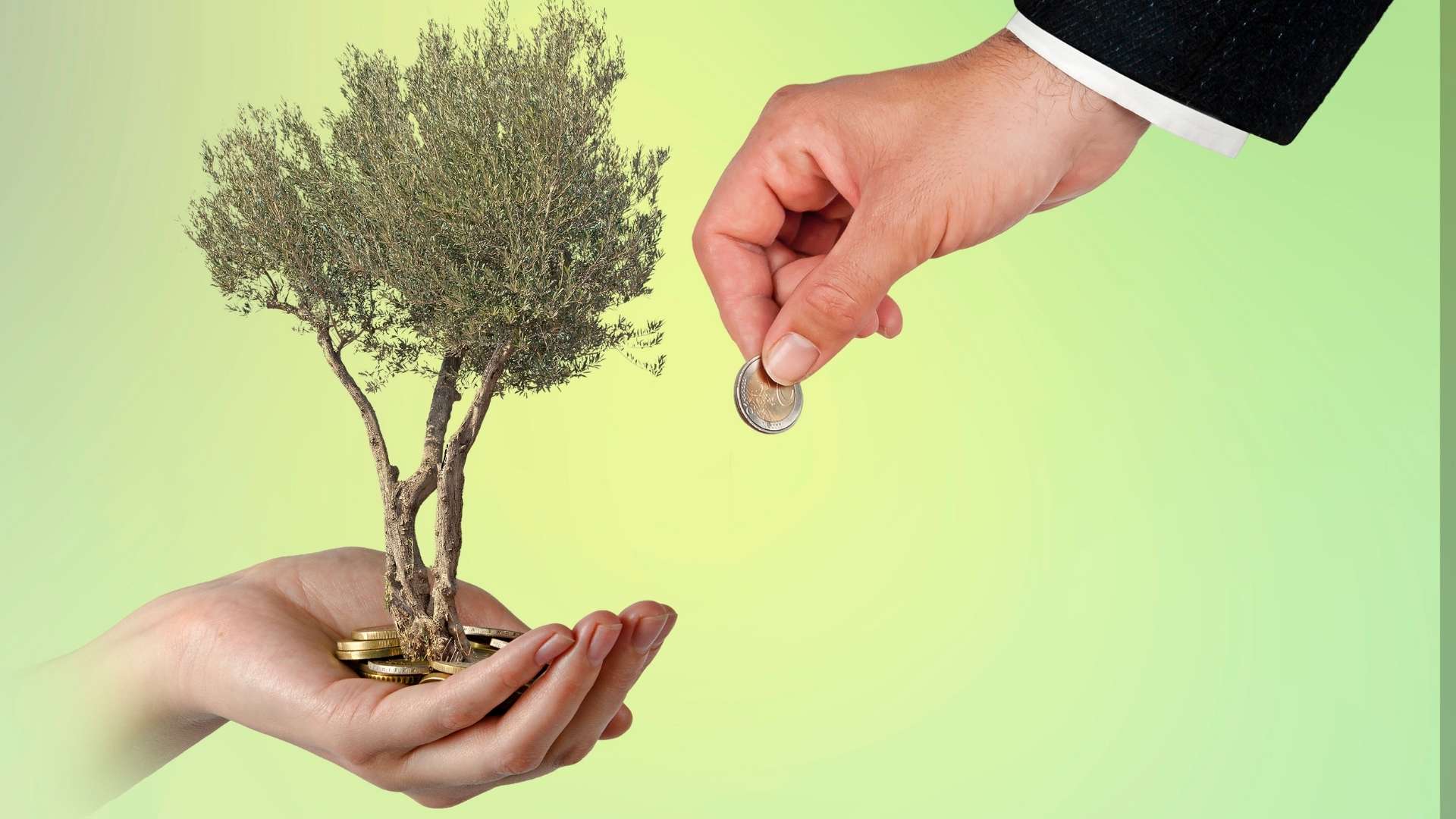In the dynamic world of finance, investors are constantly seeking opportunities that not only yield attractive returns but also provide a hedge against various risks. In an era of increased global connectivity, overseas investing has become essential to a well-rounded investment strategy. Foreign exchange risk is a significant concern for investors with global portfolios. However, one often overlooked avenue for mitigating such risks is agricultural investing. Agricultural investments can serve as a resilient strategy to protect against the uncertainties of foreign exchange fluctuations- let’s take a look at how.
Understanding Foreign Exchange Risk
Foreign exchange risk, commonly known as foreign currency risk, arises when investments are denominated in a currency different from the investor’s home currency. Fluctuations in exchange rates can significantly impact the value of an asset. This risk becomes particularly pronounced in a globalized market where geopolitical events, economic indicators, and political developments can trigger rapid and unpredictable currency movements.
How is Foreign Exchange Risk Affected?
Foreign exchange risk is directly related to currency volatility, which means the degree of variation in the exchange rate of a currency over a specific period. It measures how much a currency’s value can fluctuate in response to various factors influencing the foreign exchange market. Here are some key factors and concepts related to foreign exchange risk and currency volatility:
- Economic Indicators: Economic data, including GDP growth, employment figures, inflation rates, and trade balances, play a significant role in determining currency values. Positive economic indicators can strengthen a currency, while harmful data may lead to depreciation and foreign exchange risk.
- Interest Rates: Central banks set interest rates, which influence currency values. Higher interest rates in a country might attract foreign money seeking higher returns, causing the currency to appreciate. Lower interest rates, on the other hand, can lead to currency depreciation.
- Global Trade Dynamics: Countries engaged in international trade may experience currency volatility due to changes in trade balances and the competitiveness of their exports. A country with a trade surplus may appreciate its currency, while a trade deficit may lead to depreciation.
Black Swan and Geopolitical Events: Unpredictable and extreme events, often called “black swan” events, can lead to sharp and sudden currency movements. Political uncertainty, conflicts, or unforeseen events on the global stage can create volatility. Investors may react by moving funds to perceived safer currencies, causing fluctuations in exchange rates.

Foreign Currency Risk Management
Managing foreign exchange risk is challenging for various market participants, and strategies may include hedging, diversification, and closely monitoring economic indicators. For investors, understanding the factors driving currency movements is essential for making informed decisions and managing risks in an increasingly interconnected global economy. You will see positive returns if you manage your foreign exchange risk effectively.
The Role of Agricultural Investments
Agricultural investments, encompassing farmland, commodities, and agribusinesses, offer unique characteristics that can act as a buffer against foreign exchange rate risk.
Inherent Tangibility and Stability
Agricultural assets, such as farmland and commodities, are physical assets with intrinsic value. Unlike financial instruments that may be subject to the whims of currency markets, the tangibility of agricultural assets driven by supply and demand fundamentals provides stability.
Furthermore, the demand for agricultural products is relatively stable, regardless of currency fluctuations. This stability in demand provides a steady revenue stream for agricultural investors, helping to offset potential currency-related losses. The fundamental nature of agriculture as a natural, consumable commodity creates a buffer against the volatility associated with foreign exchange risk.
Inflation Hedge
Agricultural investments historically have demonstrated resilience in the face of inflation. As currency values fluctuate, the tangible assets associated with agriculture tend to maintain their value. This makes agricultural investments an effective foreign currency risk management tool against the eroding purchasing power of a weakening currency.
Long-Term Growth Potential
Agriculture is fundamentally tied to long-term trends such as population growth, urbanization, and changing dietary habits. Investors with perspective and a long-term investment horizon can benefit from the stability and growth potential inherent in the agricultural sector, mitigating the impact of foreign exchange risk. Investing in agriculture aligns with long-term demographic trends, potentially providing a reliable source of returns that transcends short-term currency fluctuations.

Farmland Investment Opportunity in Spain
As an agriculture investment manager, Agro Invest Spain aspires to provide creative financing for our clients’ farmland while making a one-of-a-kind asset class available to all investors. Investing overseas provides exposure to different currencies, which can be advantageous in diversification and potential profit. Currency movements can impact investment returns, and by investing in assets denominated in other currencies, you can capitalize on exchange rate fluctuations. As a result, our agriculture investment in Spain offers a dependable alternative for buffering foreign exchange risk.
As an international investor, you can benefit from low-volatility overseas assets such as Agro Invest Spain’s almond investment opportunity. Furthermore, long-term investment horizon- agriculture investments like ours have twofold income streams. So, while the passive income earned from annual crops may be temporarily affected by currency volatility, the long-term appreciation of the land and the growing value of the land with the maturing trees is shielded by its long-term nature.
Understand Your Risks and Balance the Benefits
In a world where financial markets are increasingly interconnected, foreign exchange risk is a persistent challenge for investors. Agricultural investing presents a compelling solution, offering a blend of tangible assets, inflation resistance, and global demand stability. By integrating agricultural investments into a diversified portfolio, you can fortify your holdings against the uncertainties of foreign exchange risk and align with a growing global population’s essential and enduring sustenance needs. Our managed farmland concept enables you to invest in Spain with a low-risk asset and high profits. So, if you want to add an agricultural investment in Spain to your portfolio, contact our team of specialists right away to start your journey into almond investing.
All rights of this content prepared by Api Group Agro Inversiones SL (“API Group”) belong to API Group. These rights are protected and the partial or complete copying, reproduction, distribution, processing or use of the content in any way without permission and without reference will result in legal and criminal liability of individuals.

